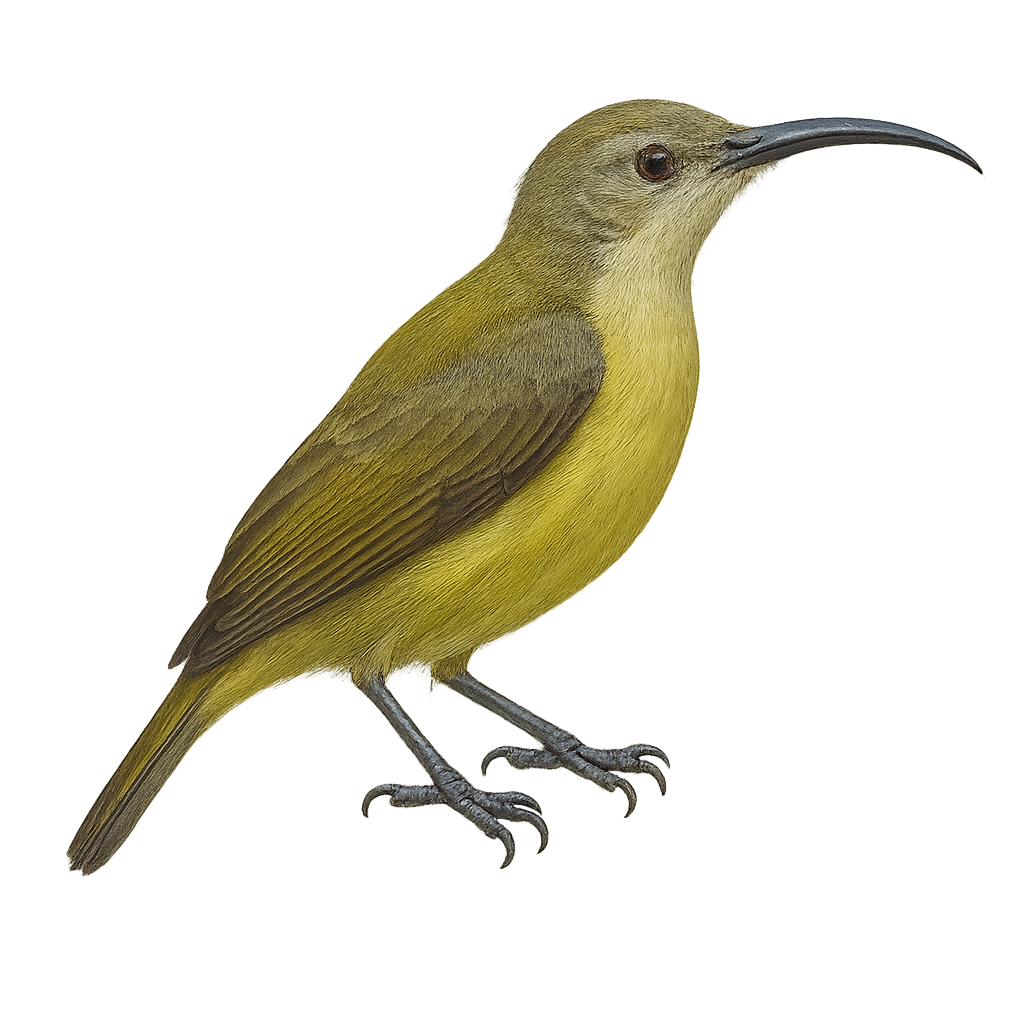Your wildlife photography guide.
Explore the little spiderhunter in detail, study its behavior, prepare your shots.
Where to observe and photograph the little spiderhunter in the wild
Learn where and when to spot the little spiderhunter in the wild, how to identify the species based on distinctive features, and what natural environments it inhabits. The WildlifePhotographer app offers tailored photography tips that reflect the little spiderhunter’s behavior, helping you capture better wildlife images. Explore the full species profile for key information including description, habitat, active periods, and approach techniques.
Little Spiderhunter
Scientific name: Arachnothera longirostra

IUCN Status: Least Concern
Family: NECTARINIIDAE
Group: Birds
Sensitivity to human approach: Suspicious
Minimum approach distance: 5 m
Courtship display: February to April
Incubation: 14-16 jours
Hatchings: March to May
Habitat:
Tropical rainforests, forest edges, gardens
Activity period :
Primarily active during the day, with peak activity in the morning and late afternoon.
Identification and description:
The Little Spiderhunter is a small bird from the Nectariniidae family, predominantly found in Southeast Asia. It is characterized by its long, curved bill, perfect for extracting nectar from flowers. Its plumage is typically olive on the upper parts and paler underneath, allowing it to blend seamlessly into its natural habitat. It primarily inhabits tropical rainforests, forest edges, and occasionally gardens. This bird is often seen flitting from flower to flower, playing a crucial role in pollination. Although generally solitary, it can sometimes be observed in small groups. Its adaptability to various habitats provides resilience against environmental changes.
Recommended lens:
400 mm – adjust based on distance, desired framing (portrait or habitat), and approach conditions.
Photography tips:
To photograph the Little Spiderhunter, it is advisable to use a 400mm or longer telephoto lens to capture detailed images without disturbing the bird. Since it is active during the day, natural light can be used to your advantage. Look for areas where flowers are abundant, as this bird is often attracted to nectar sources. Be patient and discreet to avoid scaring it away. A tripod can be helpful to stabilize your camera and achieve sharp images.
The WildlifePhotographer App is coming soon!
Be the first to explore the best nature spots, track rutting seasons, log your observations, and observe more wildlife.
Already 1 432 wildlife lovers subscribed worldwide

